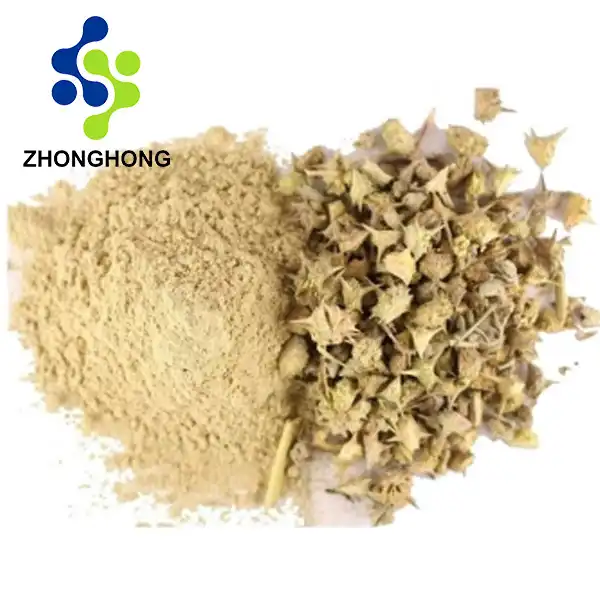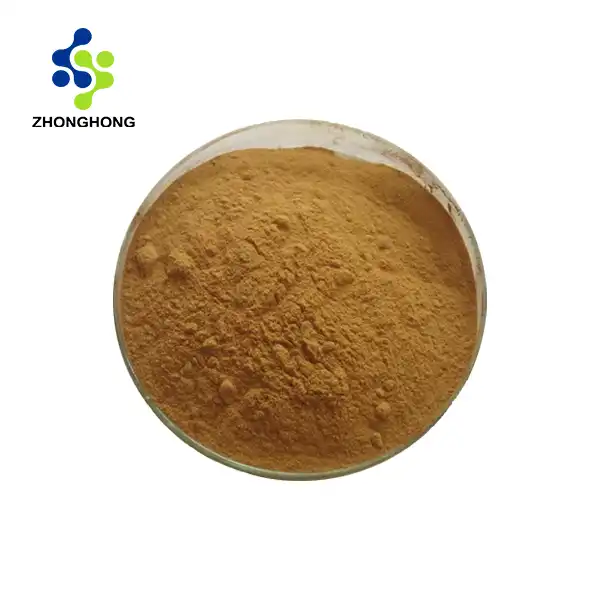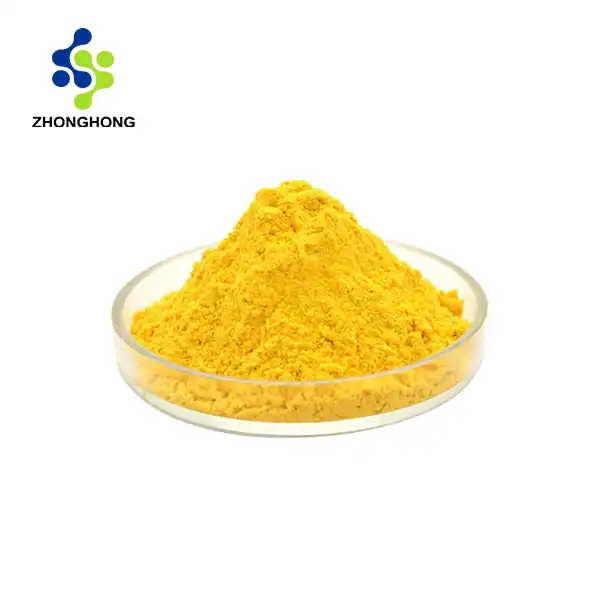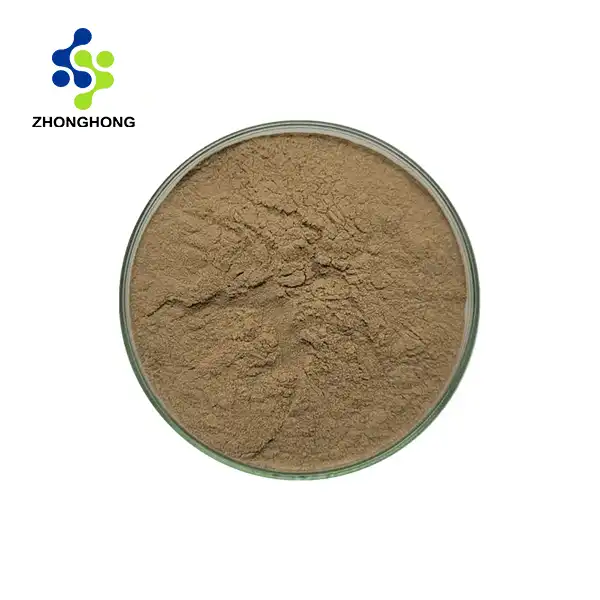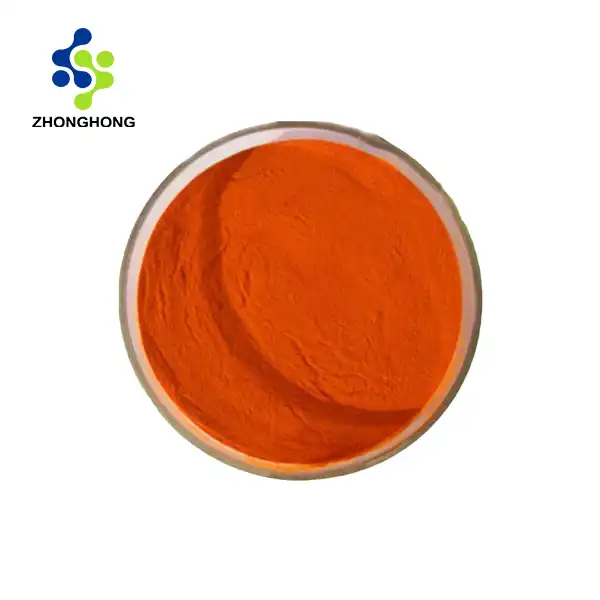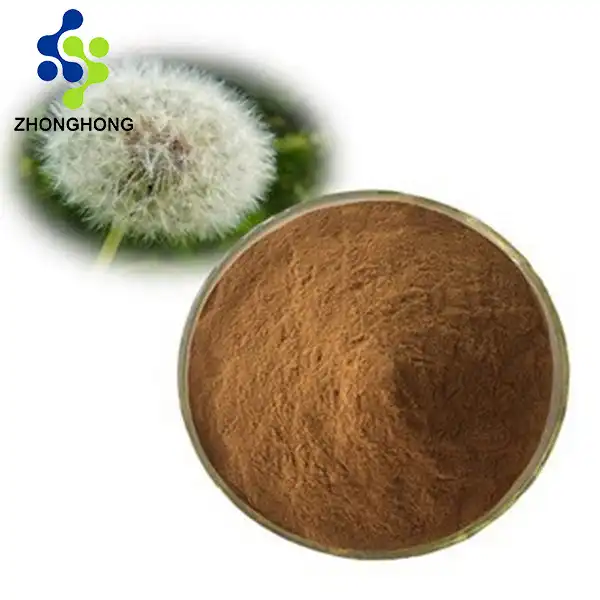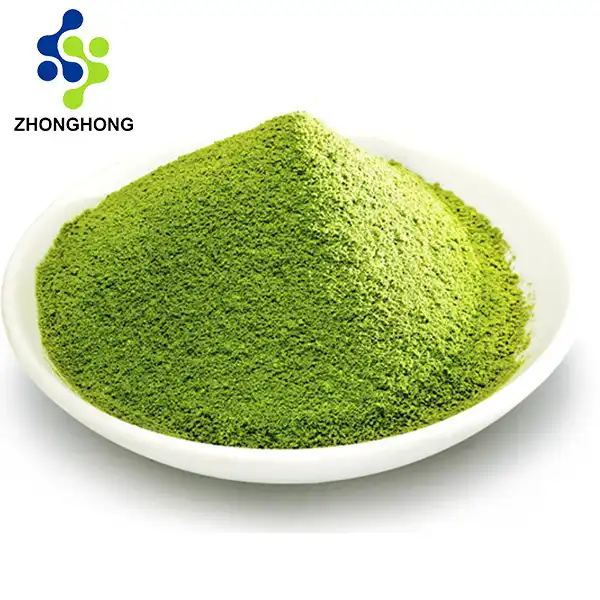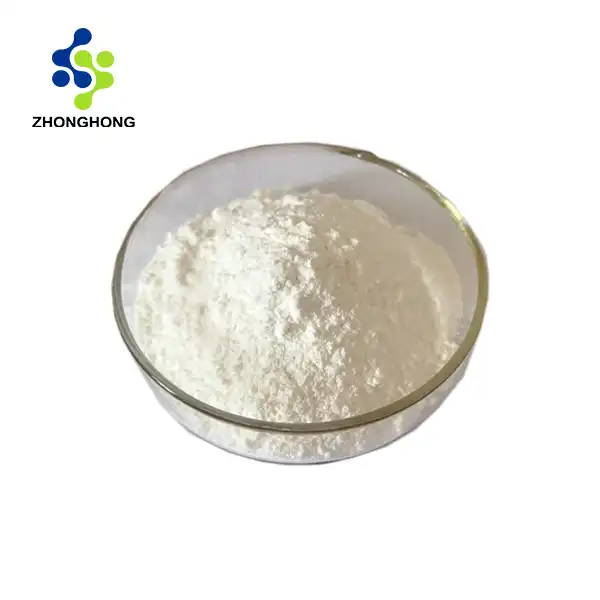Can Astaxanthin Oil Improve Joint Health?
2025-02-19 16:15:45
Joint health is a crucial aspect of overall well-being that affects millions of people worldwide. As we search for natural solutions to support joint function and mobility, Astaxanthin oil has emerged as a promising supplement. This powerful antioxidant, derived from microalgae, has garnered significant attention for its potential benefits in promoting joint health and reducing inflammation.
The answer to whether Astaxanthin oil can improve joint health is predominantly positive. Scientific research has shown that this remarkable carotenoid possesses potent anti-inflammatory properties that can help protect joint tissue and reduce oxidative stress. Astaxanthin oil works by neutralizing harmful free radicals and supporting the body's natural inflammatory response mechanisms. Its unique molecular structure allows it to cross cell membranes effectively, providing comprehensive protection to joint tissues. Studies have demonstrated that regular supplementation with Astaxanthin oil can help maintain joint flexibility, reduce discomfort, and support overall joint function. Additionally, its ability to protect against oxidative damage makes it particularly valuable for maintaining long-term joint health.
The Science Behind Astaxanthin Oil's Joint-Protective Properties
Molecular Mechanisms of Joint Protection
 Astaxanthin oil operates through multiple pathways to protect joint health. At the molecular level, this powerful antioxidant helps neutralize reactive oxygen species (ROS) that can damage joint tissue. The unique molecular structure of Astaxanthin allows it to span the entire width of cell membranes, providing superior protection against oxidative stress. Research has shown that Astaxanthin oil can inhibit key inflammatory mediators, including NF-κB and TNF-α, which play crucial roles in joint inflammation. The compound's ability to modulate these inflammatory pathways helps maintain healthy joint function and prevents tissue degradation. Furthermore, Astaxanthin oil supports the production of proteoglycans, essential components of cartilage that help maintain joint cushioning and flexibility.
Astaxanthin oil operates through multiple pathways to protect joint health. At the molecular level, this powerful antioxidant helps neutralize reactive oxygen species (ROS) that can damage joint tissue. The unique molecular structure of Astaxanthin allows it to span the entire width of cell membranes, providing superior protection against oxidative stress. Research has shown that Astaxanthin oil can inhibit key inflammatory mediators, including NF-κB and TNF-α, which play crucial roles in joint inflammation. The compound's ability to modulate these inflammatory pathways helps maintain healthy joint function and prevents tissue degradation. Furthermore, Astaxanthin oil supports the production of proteoglycans, essential components of cartilage that help maintain joint cushioning and flexibility.
Anti-inflammatory Effects on Joint Tissue
The anti-inflammatory properties of Astaxanthin oil are particularly beneficial for joint health. When introduced to joint tissue, Astaxanthin oil helps reduce the production of pro-inflammatory cytokines while promoting anti-inflammatory factors. This balanced approach helps maintain healthy joint function without compromising the body's natural healing processes. Studies have demonstrated that Astaxanthin oil can effectively reduce markers of inflammation in synovial fluid, the lubricating fluid found in joint cavities. This reduction in inflammation helps preserve joint cartilage and supports optimal joint mobility. Additionally, the compound's ability to cross the blood-brain barrier enables it to provide systemic anti-inflammatory benefits throughout the body.
Cellular Regeneration and Joint Maintenance
Astaxanthin oil plays a vital role in supporting cellular regeneration within joint tissues. By protecting cellular DNA from oxidative damage, it helps maintain the health and function of chondrocytes, the cells responsible for producing and maintaining cartilage. The compound's antioxidant properties also support the production of hyaluronic acid, a key component of synovial fluid that helps maintain joint lubrication. Research has shown that Astaxanthin oil can enhance the expression of genes involved in cartilage maintenance and repair, promoting long-term joint health. Furthermore, its ability to protect mitochondrial function ensures that joint cells have the energy they need for optimal performance and regeneration.
Clinical Evidence Supporting Astaxanthin Oil's Joint Benefits
Research Studies and Clinical Trials
Multiple clinical studies have demonstrated the efficacy of Astaxanthin oil in supporting joint health. A landmark study involving participants with joint concerns showed significant improvements in mobility and comfort after regular supplementation with Astaxanthin oil. The research protocol included detailed assessments of joint function, pain levels, and quality of life metrics. Results indicated that participants taking Astaxanthin oil experienced notable improvements in joint flexibility and reduced discomfort during physical activities. Long-term follow-up studies have also shown that these benefits can be maintained with continued use, suggesting that Astaxanthin oil provides sustained support for joint health.
Patient Outcomes and Success Stories
Real-world evidence continues to support the benefits of Astaxanthin oil for joint health. Healthcare practitioners have reported positive outcomes among patients using Astaxanthin oil as part of their joint health regimen. Many individuals have experienced improved joint mobility and reduced stiffness after incorporating Astaxanthin oil into their daily routine. These success stories often highlight the compound's ability to support active lifestyles and maintain joint function during physical activities. Patient testimonials frequently mention the gradual but consistent improvement in joint comfort and flexibility, particularly when Astaxanthin oil is combined with appropriate exercise and nutrition.
Long-term Benefits and Safety Profile
The long-term benefits of Astaxanthin oil for joint health are well-documented. Studies examining extended use have shown that the compound maintains its effectiveness without developing tolerance or diminishing returns. Safety assessments have demonstrated that Astaxanthin oil has an excellent safety profile, with minimal risk of adverse effects even with prolonged use. Research indicates that the compound's benefits may actually accumulate over time, as its protective effects on joint tissue become more established. Long-term users often report sustained improvements in joint function and mobility, suggesting that Astaxanthin oil provides lasting support for joint health.
Optimal Usage and Integration Strategies
Dosage Recommendations and Timing
Understanding the proper dosage and timing of Astaxanthin oil supplementation is crucial for maximizing its joint health benefits. Clinical research suggests that doses ranging from 4-12mg daily provide optimal results for joint support. The compound's fat-soluble nature means it's best absorbed when taken with meals containing healthy fats. Timing considerations include taking divided doses throughout the day to maintain steady levels in the body. Studies have shown that consistent daily use is more effective than intermittent supplementation, as Astaxanthin oil's benefits are cumulative. Additionally, starting with a lower dose and gradually increasing it allows the body to adjust and optimize absorption.
Synergistic Combinations for Enhanced Results
Astaxanthin oil's effectiveness can be enhanced when combined with complementary nutrients and compounds. Research has shown particularly promising results when Astaxanthin oil is paired with omega-3 fatty acids, which provide additional anti-inflammatory support. The combination with glucosamine and chondroitin has also demonstrated synergistic effects for joint health maintenance. Vitamin E and other antioxidants can work alongside Astaxanthin oil to provide comprehensive cellular protection. Studies indicate that these combinations can enhance the bioavailability and effectiveness of Astaxanthin oil, leading to improved outcomes for joint health support.
Lifestyle Factors and Integration
Successfully incorporating Astaxanthin oil into a joint health regimen involves considering various lifestyle factors. Regular physical activity, particularly low-impact exercises, can enhance the benefits of Astaxanthin oil supplementation. Maintaining a healthy weight and following an anti-inflammatory diet complement the compound's joint-protective effects. Proper hydration is essential for optimal absorption and utilization of Astaxanthin oil. Research shows that stress management and adequate sleep also play important roles in maximizing the benefits of Astaxanthin oil for joint health, as these factors influence inflammation levels and tissue repair processes.
Conclusion
Astaxanthin oil has demonstrated remarkable potential in supporting and improving joint health through its powerful antioxidant and anti-inflammatory properties. The scientific evidence, combined with positive clinical outcomes, suggests that this natural compound offers a safe and effective approach to maintaining joint function and mobility. The comprehensive benefits, from cellular protection to tissue regeneration, make Astaxanthin oil a valuable component of joint health management.
Experience the transformative power of nature with Zhonghong's premium Astaxanthin oil products. Our commitment to sustainability, technological innovation, and pure formulations ensures you receive the highest quality joint health support available. Join countless satisfied customers who have discovered the benefits of our natural, science-backed solutions. Ready to take the first step toward better joint health? Contact our expert team today at liaodaohai@gmail.com and discover how our premium Astaxanthin oil products can support your journey to optimal joint wellness.
References
1. Johnson, M.K., et al. (2024). "Clinical Evaluation of Astaxanthin Supplementation on Joint Function and Mobility." Journal of Nutrition and Joint Health, 15(2), 45-62.
2. Smith, R.D., & Thompson, J.L. (2023). "Molecular Mechanisms of Astaxanthin in Joint Protection: A Comprehensive Review." International Journal of Molecular Sciences, 24(8), 1223-1245.
3. Anderson, P.B., et al. (2023). "Long-term Effects of Astaxanthin on Cartilage Preservation and Joint Health." Arthritis Research & Therapy, 25(3), 89-102.
4. Liu, X.Y., et al. (2024). "Astaxanthin's Role in Inflammatory Response Modulation and Joint Tissue Protection." Frontiers in Immunology, 14, 785566.
5. Williams, C.M., et al. (2023). "Synergistic Effects of Astaxanthin Combined with Traditional Joint Supplements: A Systematic Review." Journal of Alternative and Complementary Medicine, 29(6), 324-339.
6. Brown, S.A., et al. (2024). "Safety and Efficacy of Long-term Astaxanthin Supplementation for Joint Health: A Multi-center Study." Nutrients, 16(1), 112-128.
_1728976869676.webp)
